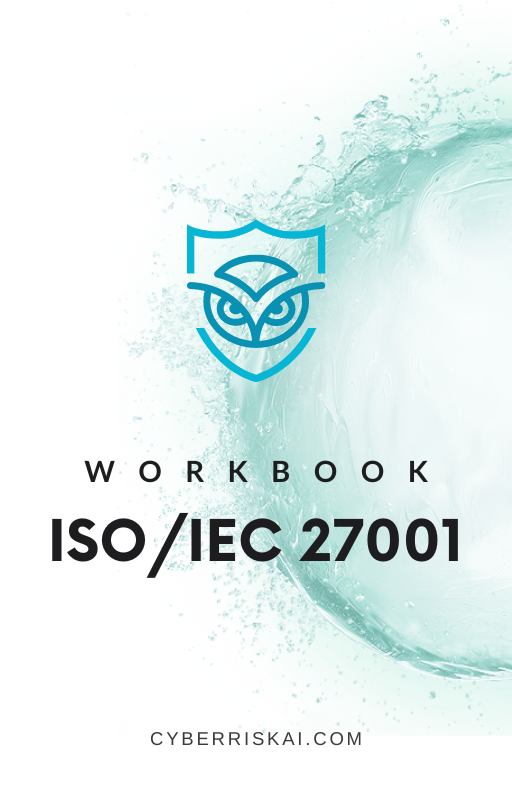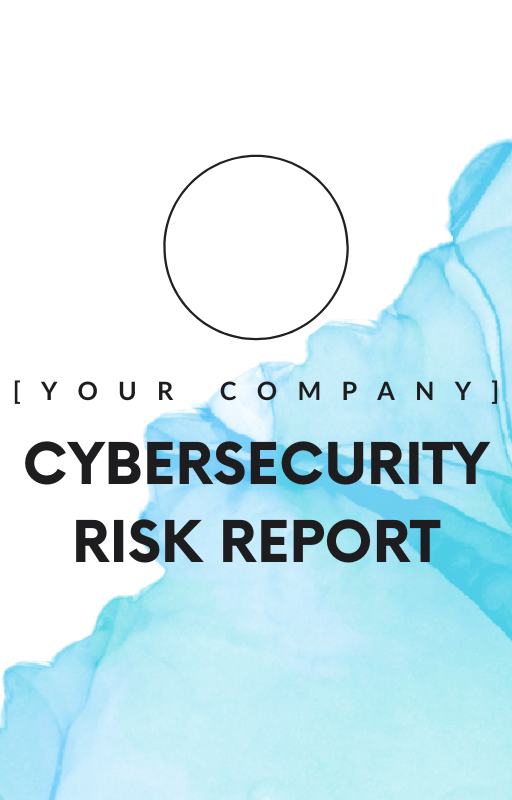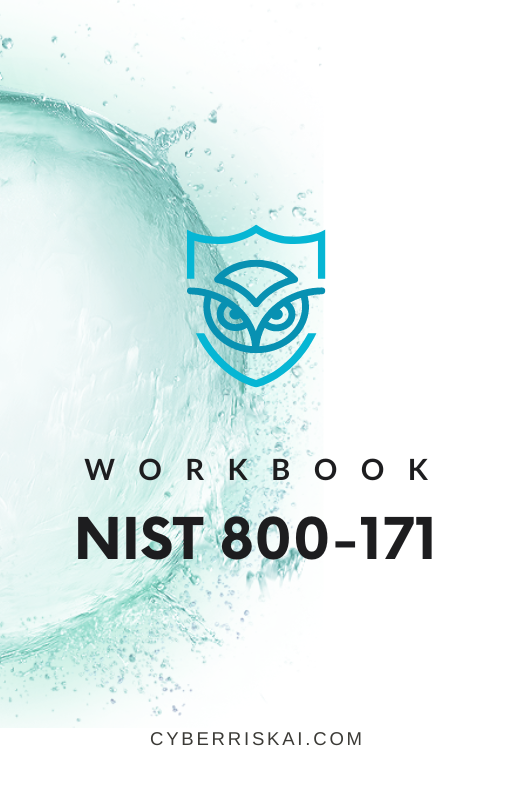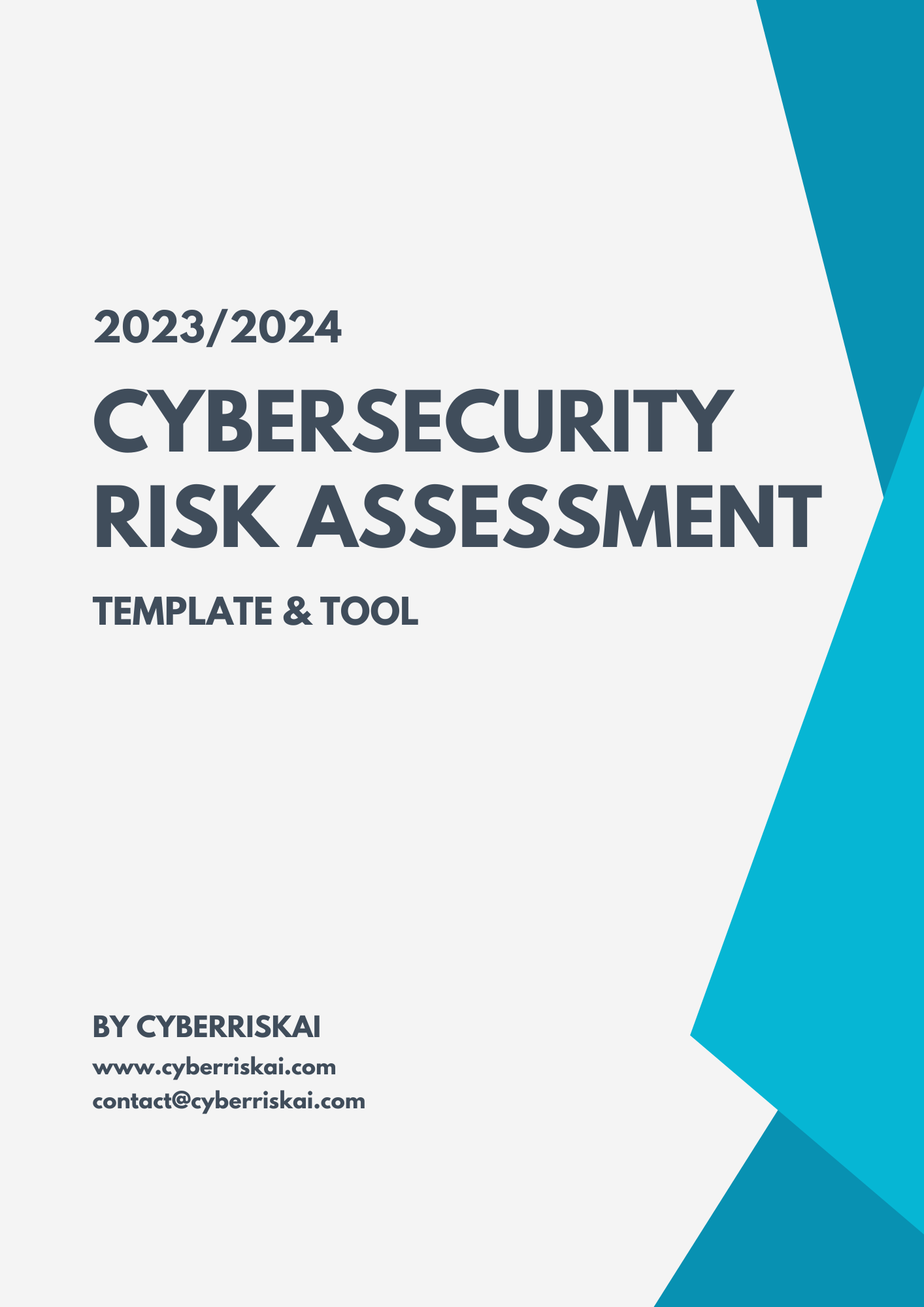Cybersecurity Risk Assessment Tools: A Comprehensive Guide
As cybersecurity incidents continue to rise, businesses and organizations must ensure they have robust measures in place to protect their digital assets. One key aspect of this is conducting regular risk assessments to identify potential vulnerabilities and develop mitigation strategies. Cybersecurity risk assessment tools can assist organizations in this process by providing a structured framework to systematically identify, analyze, and evaluate risks.
In this article, we will provide an overview of cybersecurity risk assessment tools, their definition, frameworks, and methodologies. Additionally, a comprehensive list of tools will be presented along with their features and key benefits.
Table of Contents
- Introduction: What is Cybersecurity Risk Assessment?
- Why Use Cybersecurity Risk Assessment Tools?
- Methodologies Used by Cybersecurity Risk Assessment Tools
- List of Cybersecurity Risk Assessment Tools
- How to Choose a Cybersecurity Risk Assessment Tool
- Tips for a Successful Cybersecurity Risk Assessment
- Conclusion
What is Cybersecurity Risk Assessment?
Cybersecurity Risk Assessment is a process that helps organizations identify potential risks to their digital assets. It involves identifying and analyzing vulnerabilities, threats, and impact. The objective is to determine the likelihood and impact of a risk occurring and prioritize risks based on their severity.
The risk assessment process typically includes the following steps:
- Identify the digital assets that need protection: This could include sensitive data, hardware, software, networks, etc.
- Identify potential threats that could target these assets: Internal and external threats should be considered.
- Determine the likelihood of a threat occurring: This involves analyzing the frequency of occurrence and the number of potential vulnerabilities present.
- Evaluate the potential impact of a threat: This involves assessing the potential damage that could result from a successful attack.
- Prioritize risks based on likelihood and impact: Risks with the highest likelihood and impact should be given priority in developing mitigation strategies.
Why Use Cybersecurity Risk Assessment Tools?
Cybersecurity Risk Assessment Tools can significantly streamline the risk assessment process and provide a systematic approach to identifying and evaluating risks. They provide a centralized platform for managing the process and facilitate collaboration between stakeholders.
Using a cybersecurity risk assessment tool enables organizations to:
- Streamline the risk assessment process: Cybersecurity risk assessment tools provide a framework that guides the risk assessment process, ensuring all essential elements are covered.
- Facilitate collaboration: These tools enable collaboration between stakeholders, allowing for the sharing of information and insights.
- Provide a centralized platform: The tools provide a centralized platform for the management and tracking of risk assessment activities.
- Prioritize risks based on severity: The tools enable organizations to prioritize risks based on severity, ensuring that mitigation strategies are focused on the most significant risks.
- Enhance risk management: Using cybersecurity risk assessment tools enhances risk management by providing a systematic approach to identify and evaluate risks.
List of Cybersecurity Risk Assessment Tools
There are numerous cybersecurity risk assessment tools available in the market today. These tools offer a range of features and capabilities, from basic risk identification to advanced data analytics, monitoring, and reporting.
Here are some popular cybersecurity risk assessment tools and their key features:
1. CyberRiskAI
- Video-first platform where you can see and hear the experiences of real employess and stakeholers about your company's cybersecurity practices
- Automated cybersecurity risk interview with recording and transcripting capabilities
- Advanced data analysis and use of artifical intelligence
- Comprehensive assessment, report and reccomendations
2. Rapid7
- Advanced reporting and analytics features
- Integration with other security tools
- Customizable risk matrices
- Comprehensive vulnerability scanning
3. SolarWinds RMM
- Automated network discovery and vulnerability scanning
- Integration with other SolarWinds tools
- Real-time event monitoring and alerts
- Detailed reporting and analysis capabilities
4. QualysGuard
- Asset and vulnerability management
- Preliminary scanning and remediation recommendations
- Customizable severity scales
- Comprehensive visual reporting
5. IBM QRadar
- Advanced data analytics and machine learning capabilities
- Centralized risk management and monitoring
- Comprehensive threat intelligence feeds
- Integration with other IBM security tools
6. Tenable Nessus
- Customizable scanning and reporting capabilities
- Integration with other security tools and platforms
- Asset discovery and inventory management
- A comprehensive database of security vulnerabilities
How to Choose a Cybersecurity Risk Assessment Tool
Choosing a cybersecurity risk assessment tool depends on various factors such as business needs, organization size, the scope of the assessment, and available resources. Some considerations to make when choosing a tool include:
- Determine the scope of the assessment: Define the assets, processes, and systems that will be evaluated during the assessment.
- Consider the features and capabilities required: Identify the functionalities required for the assessment, including scanning capabilities, analytics, monitoring, and reporting.
- Evaluate the integration capabilities: Consider whether the tool can integrate with existing security tools and platforms.
- Assess the ease of use: Ensure the tool is user-friendly, with an intuitive interface and easy-to-use features.
- Review the vendor's reputation: Look for reputable vendors with a track record for delivering quality products and services.
Tips for a Successful Cybersecurity Risk Assessment
Conducting a successful cybersecurity risk assessment requires a systematic and comprehensive approach. Here are some tips to ensure a successful cybersecurity risk assessment:
- Define the scope of the assessment: Be clear on the systems, processes, and assets that will be evaluated.
- Assemble a cross-functional team: Involve stakeholders from different departments, including IT, security, and business units.
- Select the appropriate assessment tools: Choose a tool that best suits the organization's needs and requirements.
- Follow a structured methodology: Use a recognized framework or methodology to guide the risk assessment process.
- Document all findings and recommendations: Ensure complete documentation of all risk assessment results and recommendations.
- Develop a mitigation plan: Develop a mitigation plan that prioritizes risks based on severity and outlines the steps required to mitigate the identified risks.
Conclusion
With cybersecurity threats on the rise, it's crucial for businesses and organizations to ensure they have suitable measures in place to mitigate risk. Cybersecurity risk assessment tools provide a structured framework to systematically identify, analyze, and evaluate risks. In this article, an overview of cybersecurity risk assessment tools and methodologies, along with a list of popular tools, was discussed. We hope this guide will help organizations choose the right cybersecurity risk assessment tool to protect their digital assets.
Don't leave the security of your company to chance - trust CyberRiskAI to provide the insight and solutions you need. Our video-first platform allows you to see and hear real employees and stakeholders share their experiences with your company's cybersecurity practices. With our automated cybersecurity risk interview, we can record and transcribe the conversation for evaluation. Our advanced data analysis and use of artificial intelligence enables us to provide a comprehensive assessment of your risks and provide recommendations to strengthen your security.
Cybersecurity risk assessment isn’t easy, but it can be easier.CyberRiskAI can provide insight into the vulnerabilities of your organization, allowing you to target potential threats before they happen. Don’t wait – enhance your cybersecurity with our risk assessment tool.



